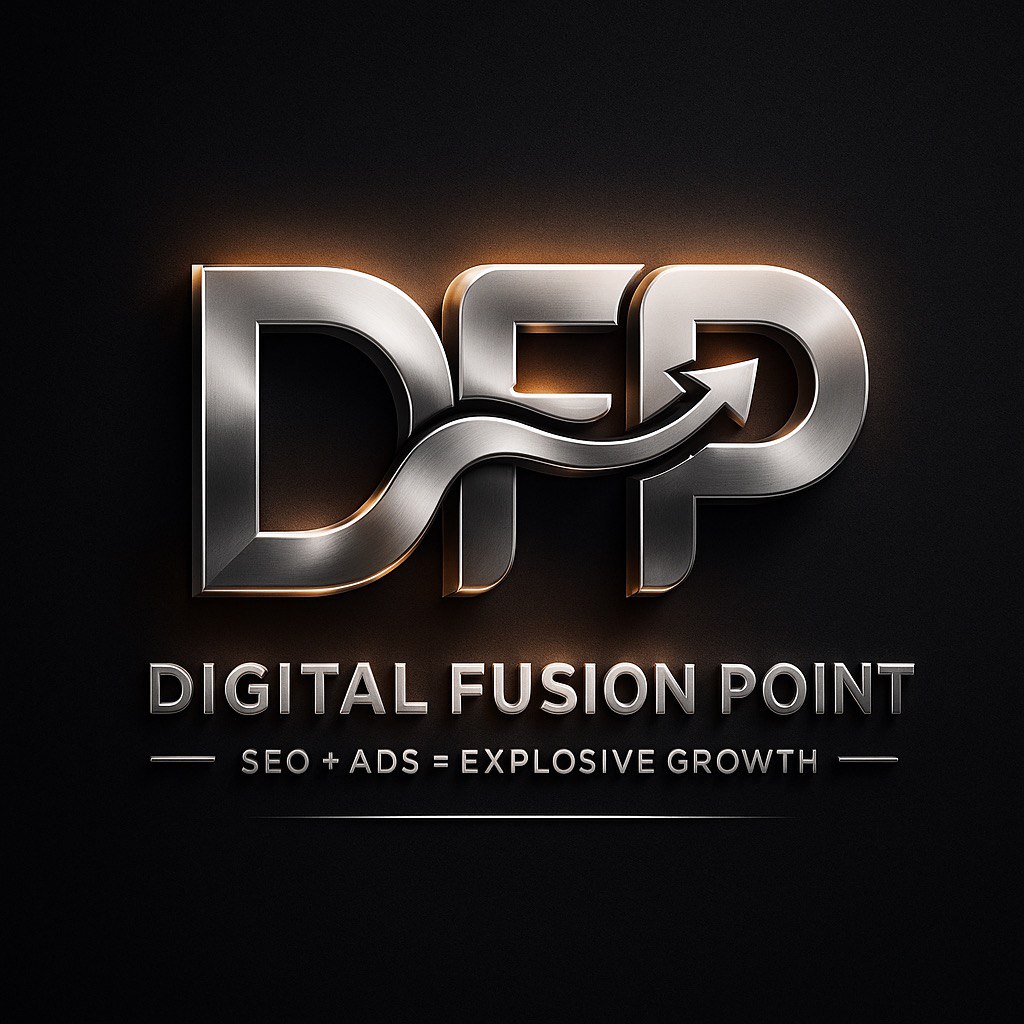Digital Marketing for Beginners: A Comprehensive Guide to Getting Started
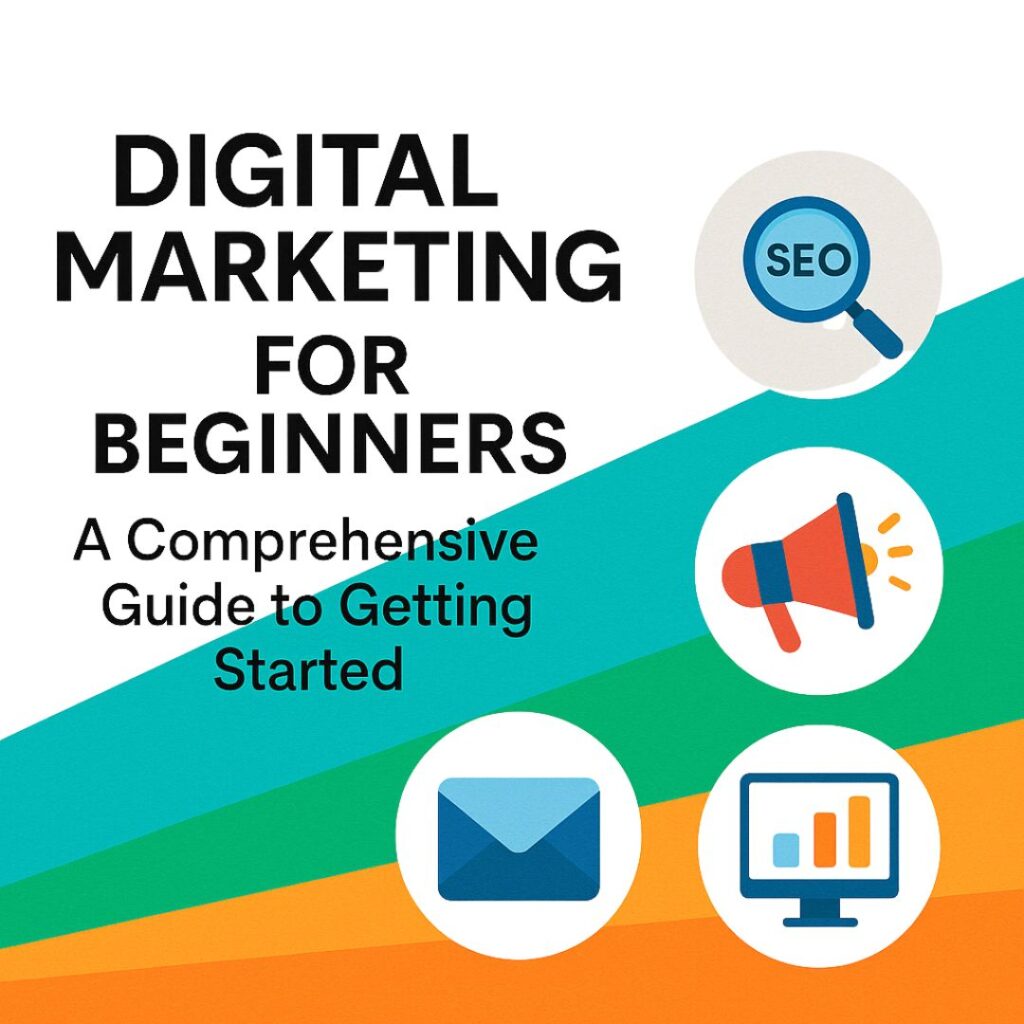
Introduction to Digital Marketing for Beginners
Digital marketing is both an art and a science for advertising products or services via internet-based mediums. For new starters, it could appear daunting at first, yet it is an interesting field which has unlimited means to reach different audiences globally. Unlike other methods of marketing, digital marketing can help companies aim at precise audience segments, get instant results, and refine marketing campaigns to drive improved performance. Whether you’re an entrepreneur, freelancer, or simply looking to switch careers, learning digital marketing for beginners is your key to success.
Here, we’ll dissect the basics of digital marketing, discuss its advantages, delve into different types, and point out the tools to get you started. By the time you finish, you’ll have a solid guide to follow through this ever-changing landscape. Let’s get started!


What is Digital Marketing?
Digital marketing includes all marketing efforts that use the internet or electronic devices to reach customers. It includes channels such as search engines, social media, email, sites, and paid advertising. For beginners, the most important thing to know is that digital marketing is about building authentic relationships with your audience where they live—online.
The strength of digital marketing is its flexibility. You can begin with a limited budget, try out different approaches, and expand as you discover what succeeds. For instance, a local bakery may use social media to post drool-worthy images of cakes, whereas a technology start-up may utilize search engine optimization (SEO) to generate leads. Digital marketing is available to all, regardless of business type or size.
Key elements of digital marketing are:
Search Engine Optimization (SEO): Optimizing your website’s rank on Google.
Social Media Marketing: Interacting with audiences on social media such as Instagram and LinkedIn.
Email Marketing: Sending targeted messages to cultivate leads.
Pay-Per-Click (PPC) Advertising: Paying for advertisements to drive traffic.
Content Marketing: Developing quality content to engage and retain customers.
Each of these types plays a unique role, and we’ll explore them in detail later in this guide. For now, know that digital marketing is a beginner-friendly field with endless possibilities to learn and grow.
Advantages of Digital Marketing
The single largest reason for adopting digital marketing is its amazing advantages of digital marketing. Here’s why it’s a game-changer for businesses and beginners alike:
Affordable: Compared to traditional advertising (e.g., print or TV commercials), digital marketing lets you target a lot of people without overspending. For instance, you can post a targeted Facebook ad for just $5 per day.
Global Reach: With digital marketing, your customer base isn’t geographically limited. A social media campaign, blog post, or Google ad can bring you customers from anywhere in the world.
Measurable Results: Software such as Google Analytics allows you to monitor every click, view, and conversion. That means you can know exactly what is going well and make adjustments in real-time.
Targeted Advertising: Digital marketing enables you to reach specific demographics, interests, and behaviors. For example, you can display ads only to women between 25–34 years of age who are fitness enthusiasts.
Enhanced Engagement: Social media and email enable businesses to interact directly with customers, gaining their trust and loyalty.
Scalability: Begin with smaller efforts and expand as your budget and expertise improve. A startup can begin with one campaign and subsequently expand to various channels.
For beginners, these advantages make digital marketing appealing. You don’t have to spend much money or gain years of experience before seeing the returns—only an open mind and willingness to try and experiment.

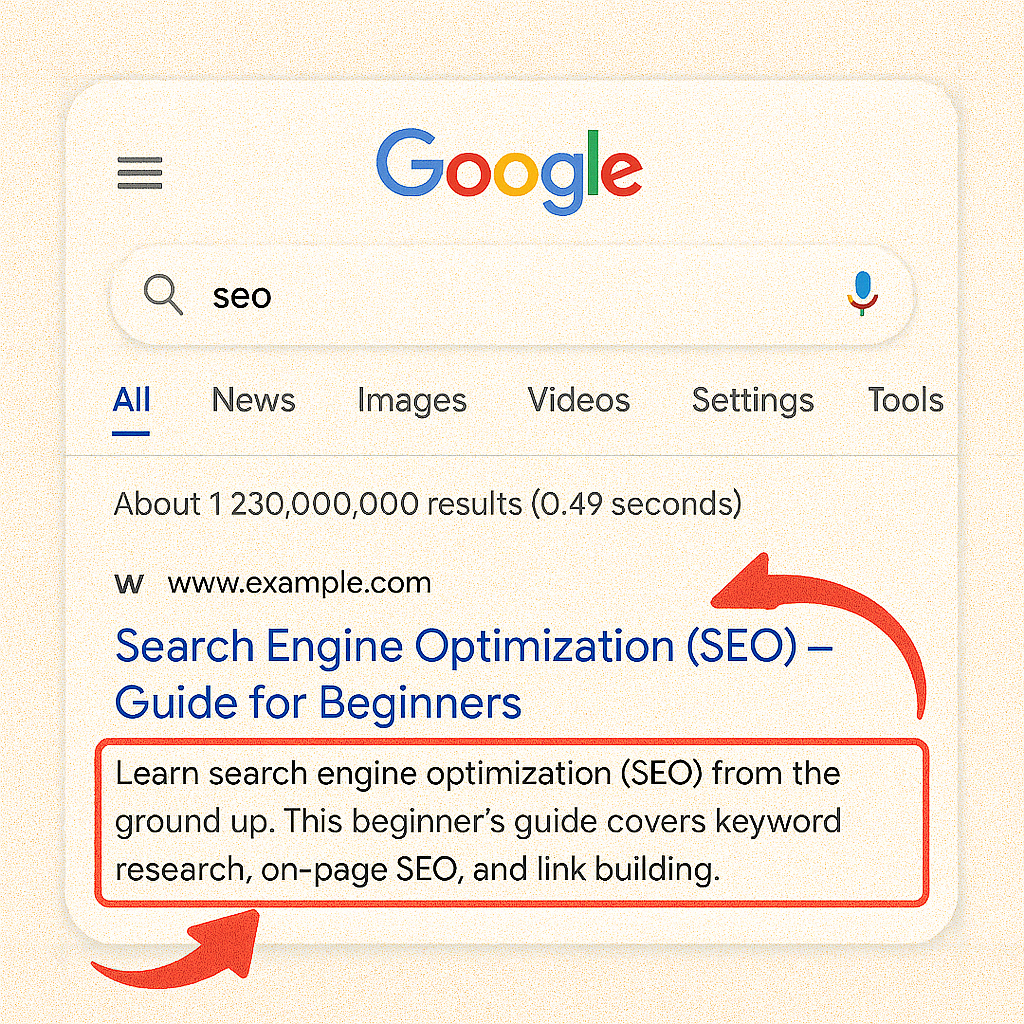
Types of Digital Marketing
Digital marketing is not a universal fit. There are a few types of digital marketing, and each has its own merits. Let’s talk about the most common ones:
1. Search Engine Optimization (SEO)
SEO is the act of optimizing your site to appear higher on search engines such as Google. For starters, SEO is important because it brings organic (free) traffic to your website. Think about someone looking for “best coffee shops near me”—with good SEO, your café’s website might show up on the first page.
Important SEO tactics are:
Keyword Research: Discovering terms your audience searches for, such as “digital marketing for beginners.”
On-Page SEO: Optimizing titles, images, and content on your site.
Off-Page SEO: Creating backlinks from other sites.
Technical SEO: Making sure your site is fast and mobile-friendly.
It can be made easier using tools such as Yoast SEO or SEMrush. Begin with one or two blog posts for a few targeted keywords, and traffic will increase over time.
2. Social Media Marketing
Social media marketing is about promoting your brand on social media platforms such as Instagram, Facebook, Twitter, LinkedIn, and TikTok. It‘s ideal for beginners since it‘s entertaining, innovative, and very interactive. You can post, stories, videos, or ads to engage with your audience.
Success tips:
Select platforms where your audience congregates (e.g., TikTok for younger audiences).
Post regularly with a combination of educational, entertaining, and promotional posts.
Utilize hashtags to gain visibility.
Interact with followers by responding to messages and comments.
Social media marketing is made easy with tools such as Canva (for graphics) and Hootsuite (for scheduling).


3. Email Marketing
Email marketing involves sending targeted email communications to build leads and keep customers. It‘s one of the best forms of digital marketing, with a mean ROI of $42 for each $1 invested. For starters, email marketing is a terrific method for building relationships.
Begin by gathering email addresses via site sign-up forms. Next, use tools such as Mailchimp or ConvertKit to design campaigns. Some examples include welcome messages, product announcements, or special promotions. Address emails using the recipient‘s name and segment your list for improved performance (new subscribers vs. repeat customers).
4. Pay-Per-Click (PPC) Advertising
PPC advertising allows you to put ads on search engines or social media and only pay when someone clicks. Google Ads and Facebook Ads are good starting points for beginners. PPC is best for generating fast results, such as website visits or sales.
Getting started:
- Establish a low budget (e.g., $10/day).
- Select specific keywords or audience demographics.
- Write effective ad copy with clear calls-to-action (e.g., “Shop Now!”).
- Track performance and adjust campaigns for improvement.


5. Content Marketing
Content marketing involves developing valuable content—such as blog posts, videos, or infographics—to draw in and engage with audiences. It‘s an enduring approach to establishing trust and authority. For novices, content marketing is inexpensive to accomplish.
Examples:
- Blog posts (such as this one!) that have been SEO optimized.
- YouTube tutorials or explainer videos.
- E-books or guides given as lead magnets.
Apply resources such as Grammarly for composing and BuzzSumo to locate popular topics. Consistency is important—opt for one excellent post per week.

Digital Marketing Tools for Beginners
To succeed in digital marketing, you’ll need the right digital marketing tools. Fortunately, many are beginner-friendly and affordable. Here’s a roundup of essentials:
Google Analytics (Free)
Tracks website traffic, user behavior, and conversions. Perfect for understanding what’s working.
SEMrush or Ahrefs ($99–$129/month)
Great for keyword research, competitor analysis, and SEO audits. Start with free trials to explore features.
Canva (Free or $12.99/month)
Design amazing graphics for social media, blogs, or advertisements. Its drag-and-drop feature makes it perfect for newbies.
Mailchimp (Free or $13/month)
Make email campaigns a breeze. Utilize it for newsletters, automations, and analytics.
Hootsuite or Buffer ($19–$99/month)
Plan social media posts on various platforms and monitor engagement.
Google Ads Keyword Planner (Free)
Discover keywords for SEO and PPC campaigns. It‘s an essential tool for reaching the right audience.
Trello or Asana (Free or $10.99/month)
Schedule your marketing activities and work with teams.
Grammarly (Free or $12/month)
Refine your content so it‘s clear and professional.
Every tool does something different, so begin with free tools and pay for more as your requirements expand. For instance, create social media images with Canva, monitor blog traffic with Google Analytics, and mail your initial email campaign using Mailchimp.
How to Get Started with Digital Marketing
Ready to get started with digital marketing for beginners? Use these steps to get started:
Set Clear Goals: Identify what you want to accomplish—awareness, leads, or sales. For instance, “Get website traffic up 20% within three months.”
Know Your Audience: Study your target market‘s age, interests, and online behavior. Google Trends or Facebook Audience Insights can guide you.
Select One or Two Channels: Don‘t overdo it. Begin with a blog for SEO or Instagram for social media marketing.
Develop a Content Calendar: Develop your content calendar in advance. For example, post twice a week on social media or write one blog post every month.
Understand Basic Analytics: Use Google Analytics to measure performance. Monitor metrics such as page views, click-through rates, and conversions.
Experiment and Optimize: Try out various strategies (e.g., a fresh ad headline) and adjust according to performance.
Invest in Learning: Learn free courses on websites like HubSpot Academy or Google Skillshop to develop skills.
Begin small, be persistent, and don‘t worry about mistakes—they‘re learning opportunities.
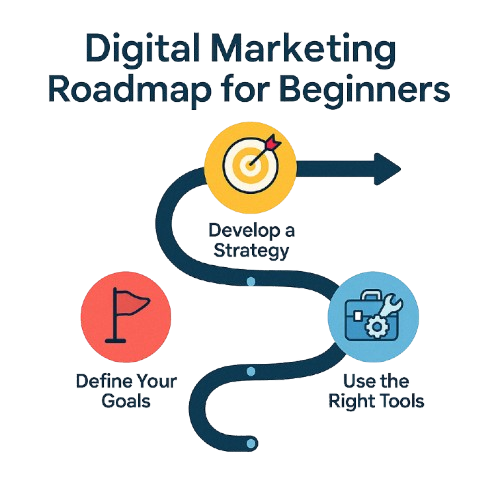
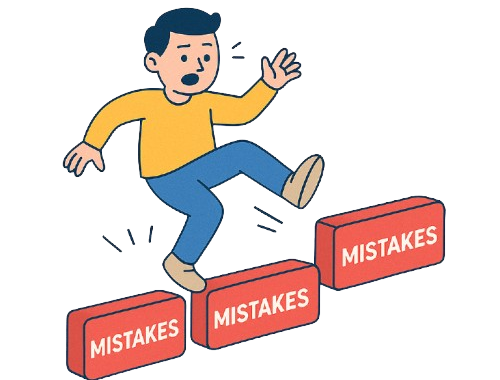
Common Mistakes to Avoid
As a novice, it‘s simple to trip. Below are typical mistakes and how to stay away from them:
Expecting Instant Results: Online marketing is not an overnight thing. SEO, for instance, may take 3–6 months to yield results.
Ignoring Analytics: Always monitor performance to understand what works.
Overloading on Channels: Concentrate on one or two platforms rather than diluting yourself.
Ignoring Mobile Users: Make your website and email mobile-friendly.
Blindly Copying Competitors: Take cues from competitors but establish a different plan.
Be patient and data-led to lay down a strong foundation.
Conclusion: Your Digital Marketing Journey Starts Now
Digital marketing for beginners is a thrilling journey with plenty of chances to learn, develop, and thrive. By knowing the forms of digital marketing, taking advantage of the advantages of digital marketing, and employing the proper digital marketing tools, you can design effective campaigns that connect with your audience. Whether you‘re concentrating on SEO, social media marketing, email marketing, PPC advertising, or content marketing, the secret is to begin small, test, and continue learning.
Ready to take the first step? Pick one strategy from this guide—maybe a blog post or a social media campaign—and give it a try. With persistence and creativity, you’ll be on your way to mastering digital marketing.
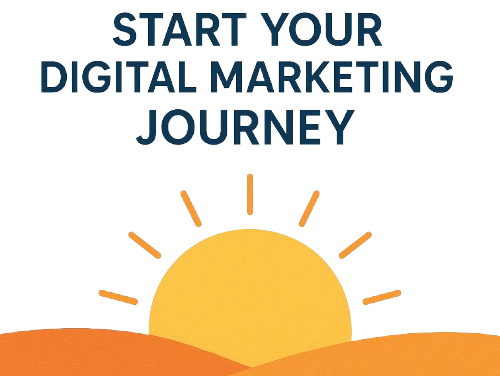
FAQs
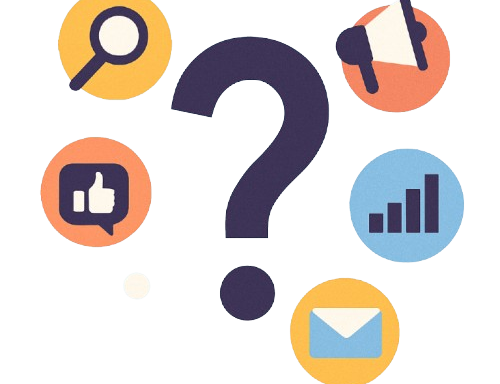
What‘s the easiest form of digital marketing for newbies?
Social media marketing is usually easiest, since places like Instagram are easy to use and visual.
How much will digital marketing cost?
It‘s up to you. SEO and content marketing are free, while PPC ads need an outlay of money (e.g., $5–$50/day).
Do I need technical skills for digital marketing?
No, the majority of tools are easy to use for beginners. Fundamental skills such as writing or design are helpful but can be acquired.
How long before results?
SEO is 3–6 months, while PPC and social media ads can deliver results within days.
